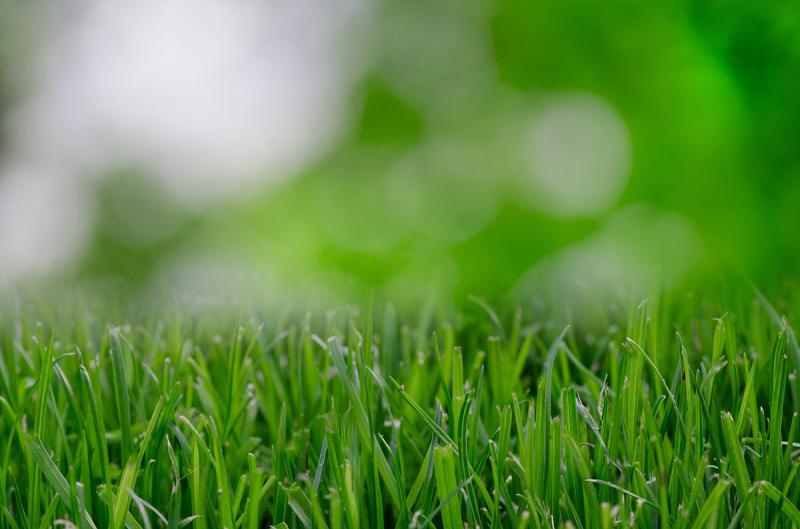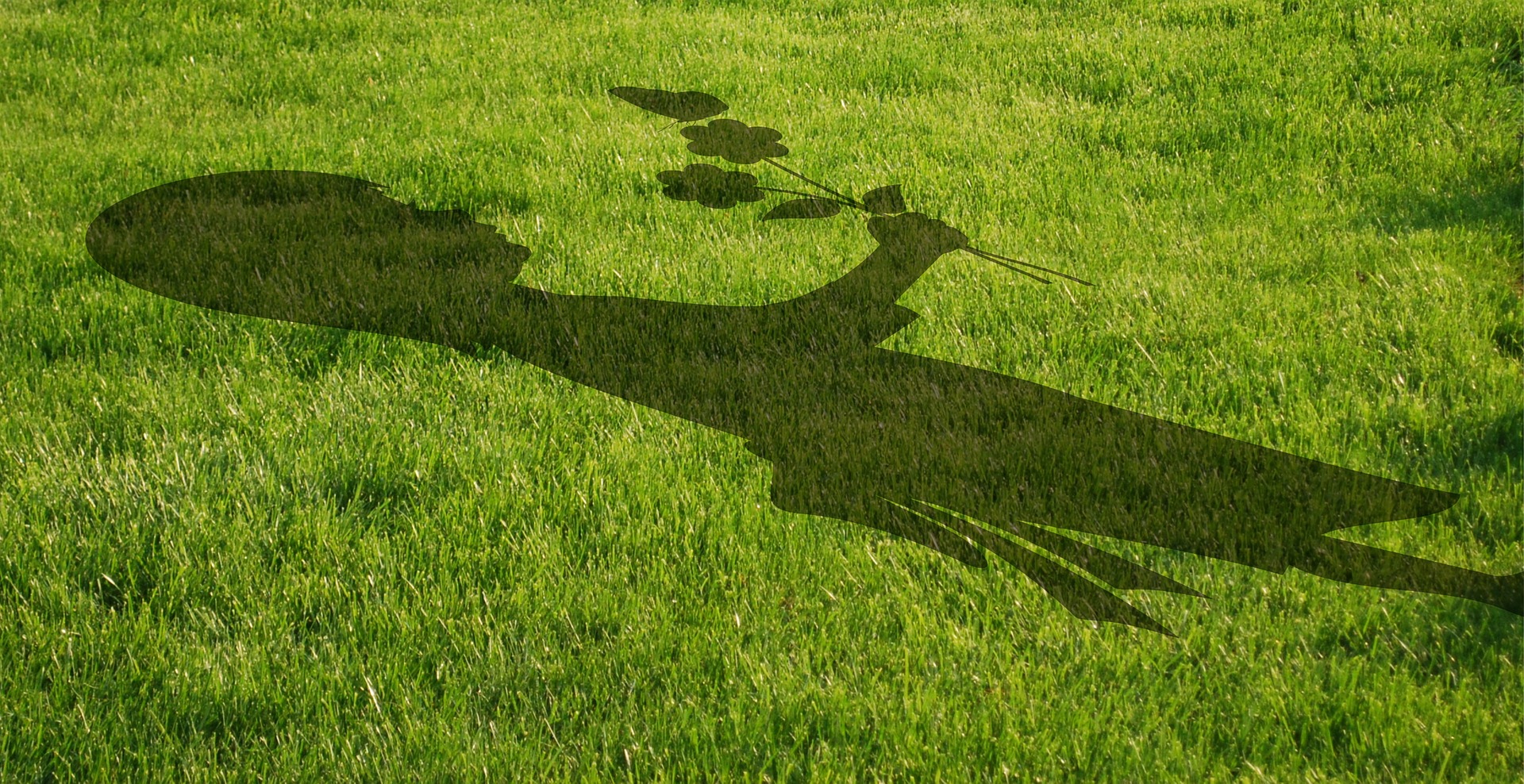
Many homeowners are wondering about this year’s first spring preemergence (PRE) herbicide and fertilizer application. Here are some tips to help you sort out the best products and strategies for your lawn.
PRE Herbicide Residual
PRE herbicides act by killing germinating weed seedlings, which come in contact with the herbicide as they grow their first shoot or root. The herbicide is gradually broken down by light and soil microbes, and this process starts as soon as the product is applied regardless of whether weed seedlings are present or not. Applying your PRE herbicide too early reduces the length of its actual effectiveness during periods of active weed growth, providing less weed control for your dollar.
PRE herbicides will NOT control perennial weeds which have overwintered from last year, like dandelion, clover, ground ivy or wild violet plants.
Several PRE herbicides are available to homeowners. To figure out which one you are buying, look for the chemical name in the active ingredient statement on the front of the fertilizer bag.
- dithiopyr (Dimension, Greenview Fairway Formula Spring Fertilizer with Crabgrass Preventer)
- mesotrione (Scotts Turf Builder Starter)
- pendimethalin (Pendelum, Pre-M, Scotts Halts Crabgrass & Grassy Weed Preventer, Scotts WeedEx with Halts, Vigoro Crabgrass Preventer & Lawn Fertilizer)
- prodiamine (Barricade, Pennington Ultragreen Crabgrass Preventer Plus Fertilizer)
- trifluralin and benefin (Team, Andersons Crabgrass Preventer with 2% Team)
- tupersan (Jonathan Green Crabgrass Preventer)
The guideline for PRE applications is based on the required soil temperature for germination of crabgrass and foxtail; 55° F at 4-inch soil depth for several days. As of April 6th, the weekly average soil temperature in Lancaster county was 54-55° F. Check soil temperature reports for your location from the Nebraska State Climate Office online atNebraska Extension’s Hort Update website.
 When to Apply
When to Apply
Make your first PRE application when soil reaches the correct temperature.
Each product has a specific residual length; meaning one application of most products will not give season-long control. Many DIYers skip the second PRE application and are frustrated by the abundance of weeds appearing in late summer. Once the PRE herbicide barrier is gone, dormant weed seeds in the top few inches of soil germinate quickly under July and August’s warm conditions.
Follow label directions for the product you buy and make a second PRE application as directed in midsummer, or about mid-June, for mid to late summer weed control.
And remember, pre-emergence products are often impossible to find by mid-summer, so buy all the products you need for this season’s weed control in spring and store them in your garage until you need them.
Early Post Emergence ControlIf you are concerned some crabgrass has already germinated before your PRE application was made, there are options. Products containing prodiamine or pendimethalin control young, one-leaf crabgrass plants if watered in immediately following application. ;Another option is dithiopyr, which when applied at the full label rate, kills crabgrass seedlings before they reach the tillering stage (the stage at which a second stem appears from the main crown).
Weed Control in New SeedingsIf you are reseeding or overseeding your lawn this spring there are two PRE options available. Siduron, commonly sold as Tupersan, and mesotrione are both safe to apply to new seedings. These herbicides provide good control of annual grassy weeds like crabgrass and foxtail, yet are still safe on newly germinating grass seed.
Weed Control and MowingFinally, remember mowing height is an important long-term strategy to manage your lawn's weed problems. Research at the UNL Turfgrass Research Facility has shown raising your mowing height from 1.5 inches to 2.5 inches in Kentucky bluegrass decreased crabgrass infestation from 80% to less than 15% respectively. This is one of the primary reasons why a mowing height of 3.0 inches season-long is recommended on all lawns in Nebraska.
Better grass root systems are an added benefit of raising your mowing height; there is a direct relationship between mowing height and turfgrass rooting depth. Using a taller mowing height enables your lawn to develop a deeper root system and draw water from a larger soil area during hot, dry summer conditions. Choosing a taller mowing height will reduce crabgrass germination, even with no application of pre-emergent herbicide.
Does Your Lawn Need Early Spring Fertilization?
There can be differences between the fertilizer needs of a new lawn versus an older lawn. According to Bill Kreuser, Nebraska Extension Turfgrass Specialist, new lawns or lawns on poor soil, benefit from 3-6 fertilizer applications per year. Old lawns or those on fertile soils, may only need 0-2 applications per year to maintain an attractive appearance.
For more details – Changing Lawn Fertilization Recommendations.
Images from Pixabay.com